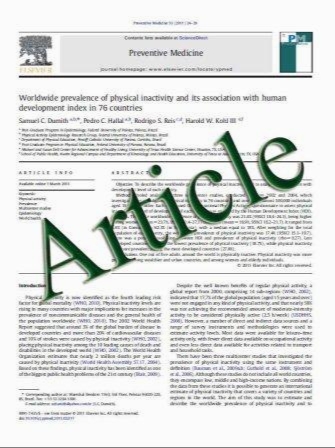New knowledge on critical osteoclast formation and activation pathways from study of rare genetic diseases of osteoclasts: focus on the RANK/RANKL axis
- نوع فایل : کتاب
- زبان : انگلیسی
- مؤلف : J. C. Crockett & D. J. Mellis & D. I. Scott & M. H. Helfrich
- چاپ و سال / کشور: 2010
Description
Functional, biochemical and genetic studies have over the past decade identified many causative genes in the osteoclast diseases osteopetrosis and Paget's disease of bone. Here, we outline all osteoclast diseases and their genetic associations and then focus specifically on those diseases caused by mutations in the critical osteoclast molecule Receptor Activator of Nuclear factor Kappa B (RANK). Both loss and gain-of-function mutations have been found in humans leading to osteopetrosis and high bone turnover phenotypes, respectively. Osteopetrosisassociated RANK mutations are widely distributed over the RANK molecule. It is likely that some negatively affect ligand binding, whereas others preclude appropriate association of RANK with downstream signalling molecules. In the Paget-like disorders, familial expansile osteolysis, early onset Paget's disease and expansile skeletal hyperphosphatasia, heterozygous insertion mutations are found in the RANK signal peptide. These prevent signal peptide cleavage, trapping the protein translated from the mutated allele in the endoplasmic reticulum. Whole animal studies replicate the hyperactive osteoclast phenotype associated with these disorders and present only with heterozygous expression of the mutation, suggesting an as yet unexplained effect of the mutant allele on normal RANK function.We discuss the cell biological studies and animal models that help us to understand the nature of these different RANK defects and describe how careful dissection of these conditions can help understand critical pathways in osteoclast development and function. We highlight areas that require further study, particularly in light of the pharmacological interest in targeting the RANK signalling pathway to treat diseases caused by excessive bone resorption.
Osteoporos Int (2011) 22:1–20 DOI 10.1007/s00198-010-1272-8 Received: 8 February 2010 /Accepted: 30 March 2010 /Published online: 11 May 2010


